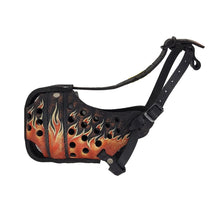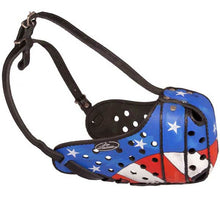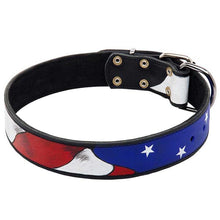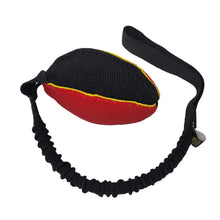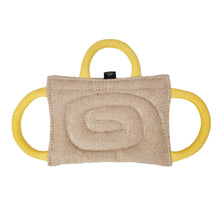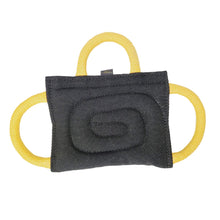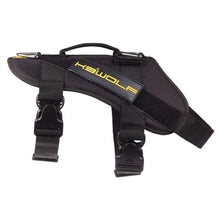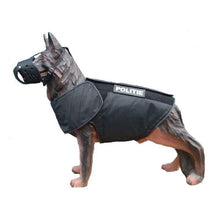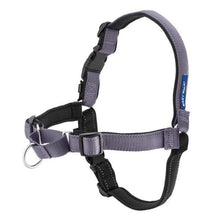Understanding and Addressing Resource Guarding: A Guide for German Shepherd Owners
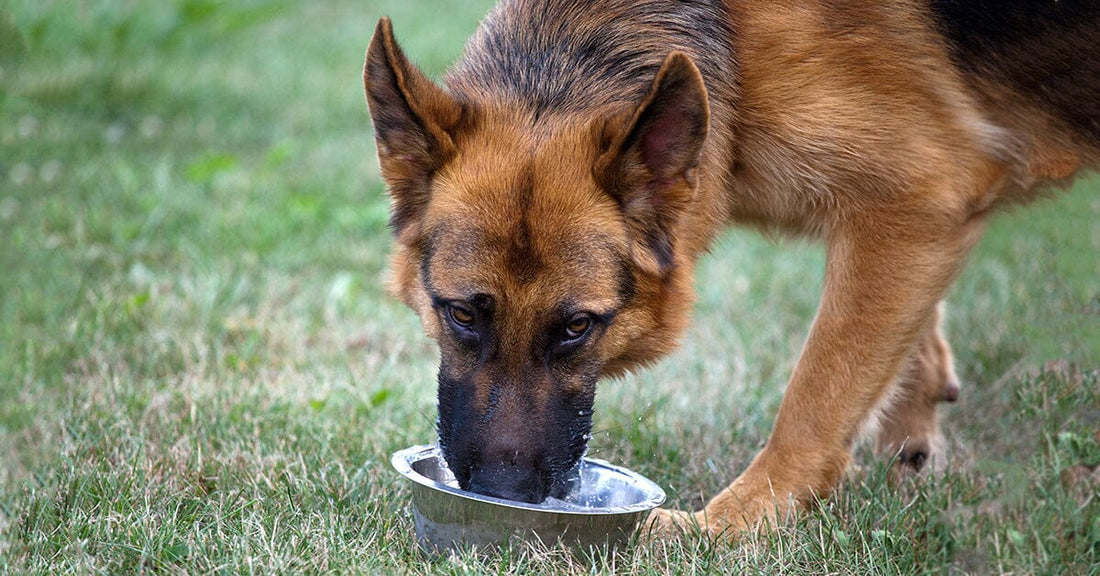
Before you can prevent resource guarding in your German shepherd dog, you must understand what it is.
Resource guarding is your dog’s attempt to claim ownership of something. This could be food, treats, toys, their bed, your bed, a room in the house, a space outside, a person, another animal, or anything else that they decide to stake a claim over.
The dog will guard the object to prevent other animals and people from getting near. This behavior can range in severity. For instance, it may look like the dog running to get their favorite toy when anyone walks by or even looks at it. Or, it can appear as food aggression when the dog aggressively guards their food or water dish.

Experts will tell you that there are many reasons why a dog may exhibit resource guarding. However, any dog can display the behavior, sometimes called “possessive aggression,” a term used by animal behaviorist Patricia McConnell, Ph.D.
However, care can be taken to teach dogs that may have natural protective tendencies that possessive, guarding behavior won’t be tolerated. This is important to prevent the behavior from becoming more aggressive.
A puppy guarding their favorite blanket may seem cute, but the cuteness factor quickly vanishes when it’s a grown dog getting territorial over what they consider a valuable piece of real estate in the house, like your bed.

Resource guarding can be a serious problem because it can result in aggression or escalate to bites. Dogs don’t differentiate the threat or who is threatening them. They just want to protect their stuff. Nicole Costanza, an AKC Canine Good Citizen Evaluator and owner of Big Momma’s Dog Training in New Jersey, said:
“Dogs who behave like this don’t distinguish between people or animals who are going to take something away from them and anyone who’s just passing by. It only matters what they think might be a threat to their items. Dogs are responding to the trigger, not the actual action. This is one reason why resource guarding is problematic and potentially dangerous behavior in a pet.”
Therefore, it’s important to watch your dog to make sure they don’t begin guarding anything and if they do, quickly intervene before it becomes a problem. For example, a dog that constantly patrols the water bowl so no one else can have a drink is resource-guarding.

What resource guarding looks like when you or another pet go near something the dog is guarding or taking possession of:
• Stiff posture while next to the object
• Fixation on an object, person, or animal
• Hard staring at another animal or person near their food or valuable
• Anxiety when people or animals are near their stuff
• Inability to relax, patrolling their bed and toys
• Ears folded back
• Lip licking
• Whale eyes
• Growling
• Lunging
• Showing teeth
• Snapping
• Biting

How to prevent resource guarding
There are things that you can do to help prevent resource guarding. Since experts believe that perceived or real scarcity can be at the root of some triggers, being sure the dogs have plenty of resources at their disposal can be helpful.
For instance, it is important to provide each dog with their own toys, beds, food bowls, treats, etc. so that all the dogs in the house have their treasures. This will allow you to redirect a dog to their stuff if they try to take possession of another’s.
To help prevent resource guarding of food, teach your puppy that you are the giver of the treats. You can hand feed your puppy part of their meal and use their food for training treats. To get them used to having their food dish handled, place tasty food in the bowl rather than taking food away.

Always feed each dog from a separate bowl. Don’t allow the dogs to forage the other dog’s bowl during mealtimes. Offer rewards for eating their meal from their dish.
Train your dog to leave it, drop it, or out by trading for something rewarding when you take something away. This will give them a positive association with your hand when you’re taking something from them.
Reward them for going to their own bed at night to prevent squabbles.

Once resource guarding becomes a problem, it is harder to solve. You may need the help of a behaviorist or a trainer, especially if there are children in the house and the dogs are displaying any guarding behavior around them.
Remove triggers
At times, it can also be easier to get rid of triggers. For instance, if you have a dog guarding a particular toy but none of the other toys, it just may be easier to get rid of it than to stress over it.
Some people kennel their dogs or feed them in different rooms to prevent food aggression and it should be used if needed. This won’t teach the dogs to eat in harmony but if it’s the only issue to an otherwise peaceful existence, it might be safer and less stressful.
If new dogs are coming over, put away toys, beds, food dishes, etc.

Overcoming resource guarding
Dominant training, making the dog submit, taking away resources, punishment, petting the dog during mealtimes, yelling, hitting, and taking away high-value treats to show your dog who is in charge will make resource guarding worse.
Working with dogs to help them overcome resource guarding without punishment or dominance is possible. According to Costanza, this can be done through desensitization training them with high-value items. For example, if you’re dealing with a dog who is guarding their food:
“Tether your dog to someplace heavy and durable. Stay 6 to 8 feet away from the dog and toss food, such as chicken or hot dogs, in the dog’s general direction,” she advises. “Walk by the dog and throw the food, but don’t stop moving. If the dog gives you warning signals like stiffening the body or a raised lip, you have wandered too close. Once you’ve done this a few times, watch to see if the dog’s body language has changed. If they look up at you in a happy way, anticipating food will be coming their way, then you may move a little closer.”

Dogs can also be triggered by stress. If your dog never has displayed resource-guarding behavior and suddenly does, ask yourself if anything in the household has changed.
Is there a new pet in the house? Have you moved? Is someone sick? Is there a new schedule? A death in the family, including pets? Divorce? Any of these changes can ruffle a dog and trigger insecurity and resource-guarding. Spending time with the dog and helping to reduce their stress can help get them back to normal.
If nothing has changed, you might want to take them to the vet for a checkup.

We hope this information has been helpful to you. As always, please feel free to share with your friends.
You may also like: Emergency Recall Training: Ensuring Your German Shepherd Comes When Called, No Matter What



